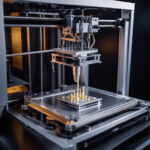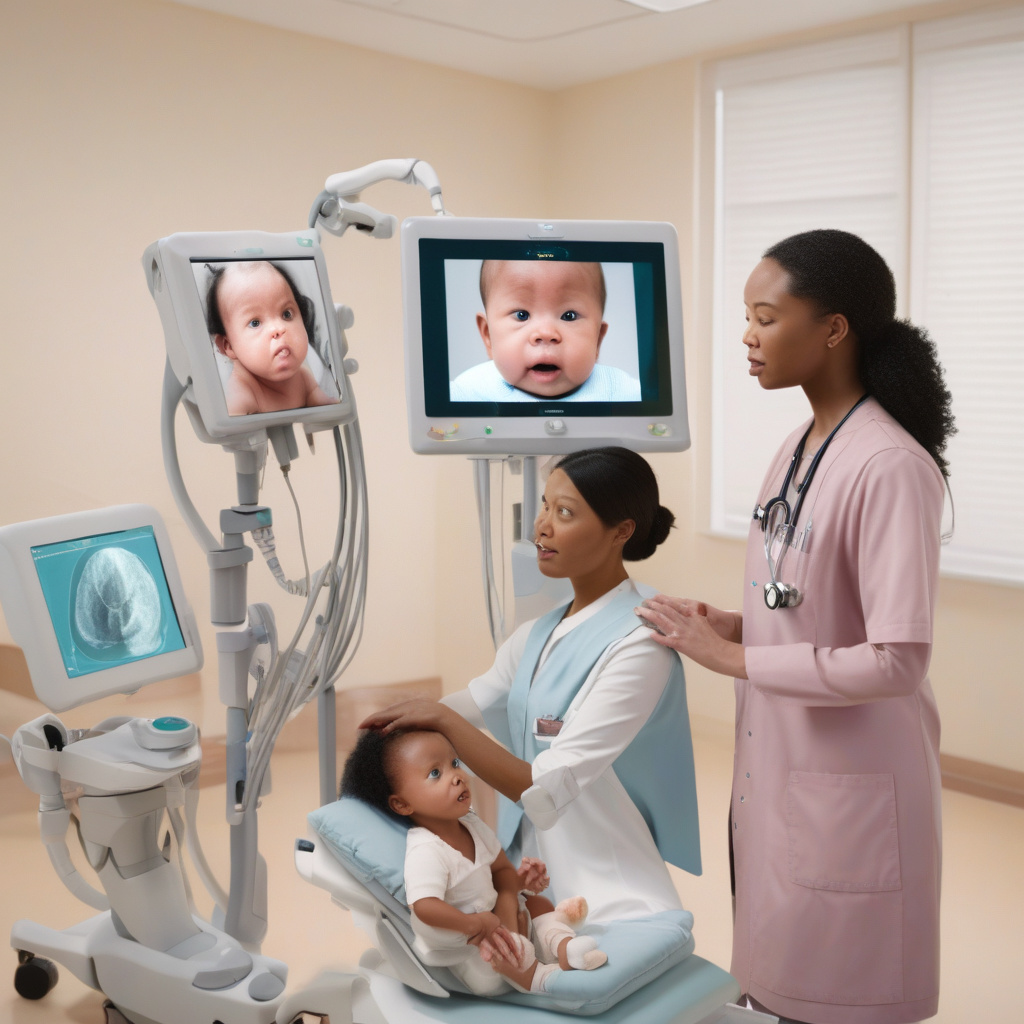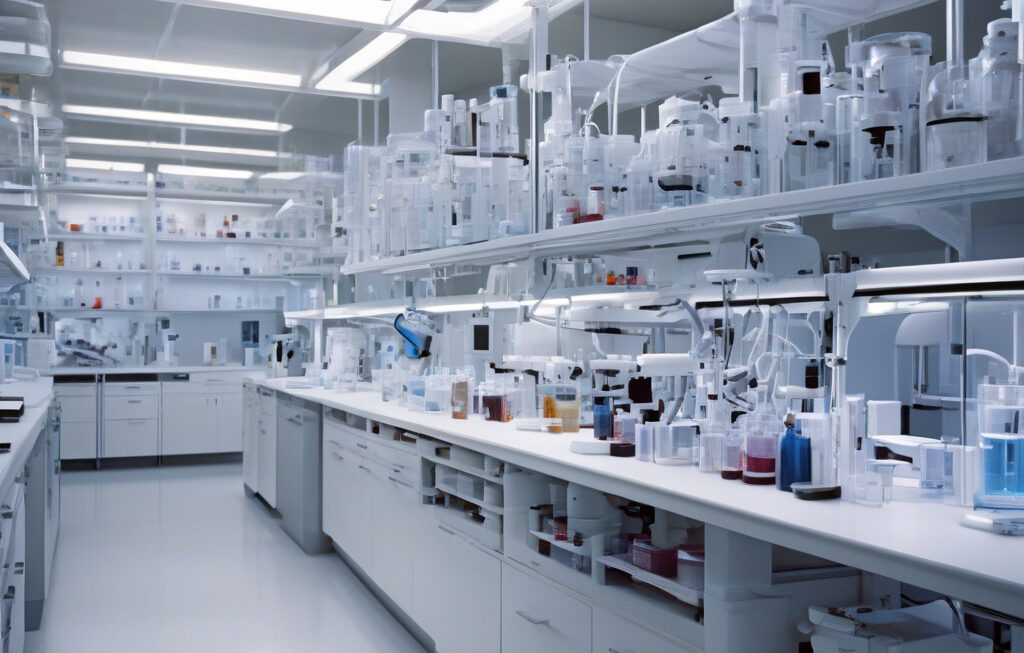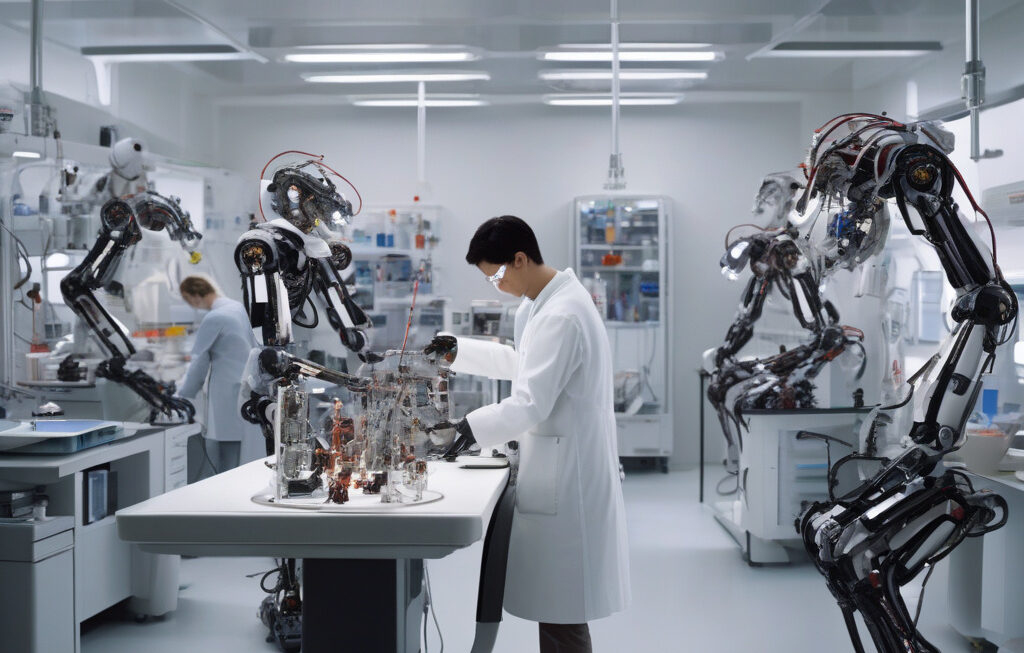New AI Tool Helps Spot Cataracts in Babies
A cutting-edge collaboration is reshaping how newborns are screened for vision problems, offering hope for earlier and more accurate diagnoses across the globe. This groundbreaking initiative combines the power of artificial intelligence (AI) with the expertise of healthcare professionals to identify cataracts in babies more efficiently than ever before.
Cataracts, a clouding of the lens in the eye that can lead to blindness if left untreated, are particularly concerning when they develop in infants. Traditional methods of diagnosing cataracts in babies can be challenging, as symptoms may not be immediately apparent, and early detection is crucial for successful treatment.
Enter the new AI tool, designed to revolutionize the screening process for infant cataracts. By analyzing images of babies’ eyes with remarkable precision and speed, the AI tool can detect even the subtlest signs of cataracts that might be missed by human observers. This not only streamlines the diagnostic process but also ensures that babies receive the prompt care they need to preserve their vision.
One of the key advantages of this AI-powered screening tool is its ability to standardize the diagnostic criteria for cataracts in infants. By providing healthcare providers with consistent and reliable assessments, the tool helps reduce variability in diagnoses and ensures that all babies, regardless of their geographic location or the resources available, have access to accurate screenings.
Moreover, the AI tool complements the skills of healthcare professionals, serving as a valuable assistive technology that enhances their ability to deliver quality care. By automating the initial screening process, the tool allows clinicians to focus their expertise on interpreting results, developing treatment plans, and providing support to families – ultimately improving the overall quality of care for infants with cataracts.
Beyond its diagnostic capabilities, the AI tool also has the potential to contribute valuable data to research efforts aimed at understanding cataracts in infants better. By analyzing trends and patterns in screening results on a larger scale, researchers can gain insights that may lead to advancements in treatment methods, preventive strategies, and overall outcomes for affected children.
As this innovative AI tool continues to gain traction in healthcare settings worldwide, its impact on the early detection and management of infant cataracts is becoming increasingly evident. By leveraging the power of AI to enhance screening processes, healthcare providers can offer timely interventions that have the potential to transform the lives of babies and their families.
In conclusion, the collaboration between AI technology and healthcare professionals represents a significant step forward in the fight against infant cataracts. By harnessing the capabilities of AI to improve the accuracy, efficiency, and standardization of cataract screenings for newborns, this innovative tool is paving the way for better outcomes and brighter futures for children around the world.
#AI, #Cataracts, #Infants, #Healthcare, #Innovation












